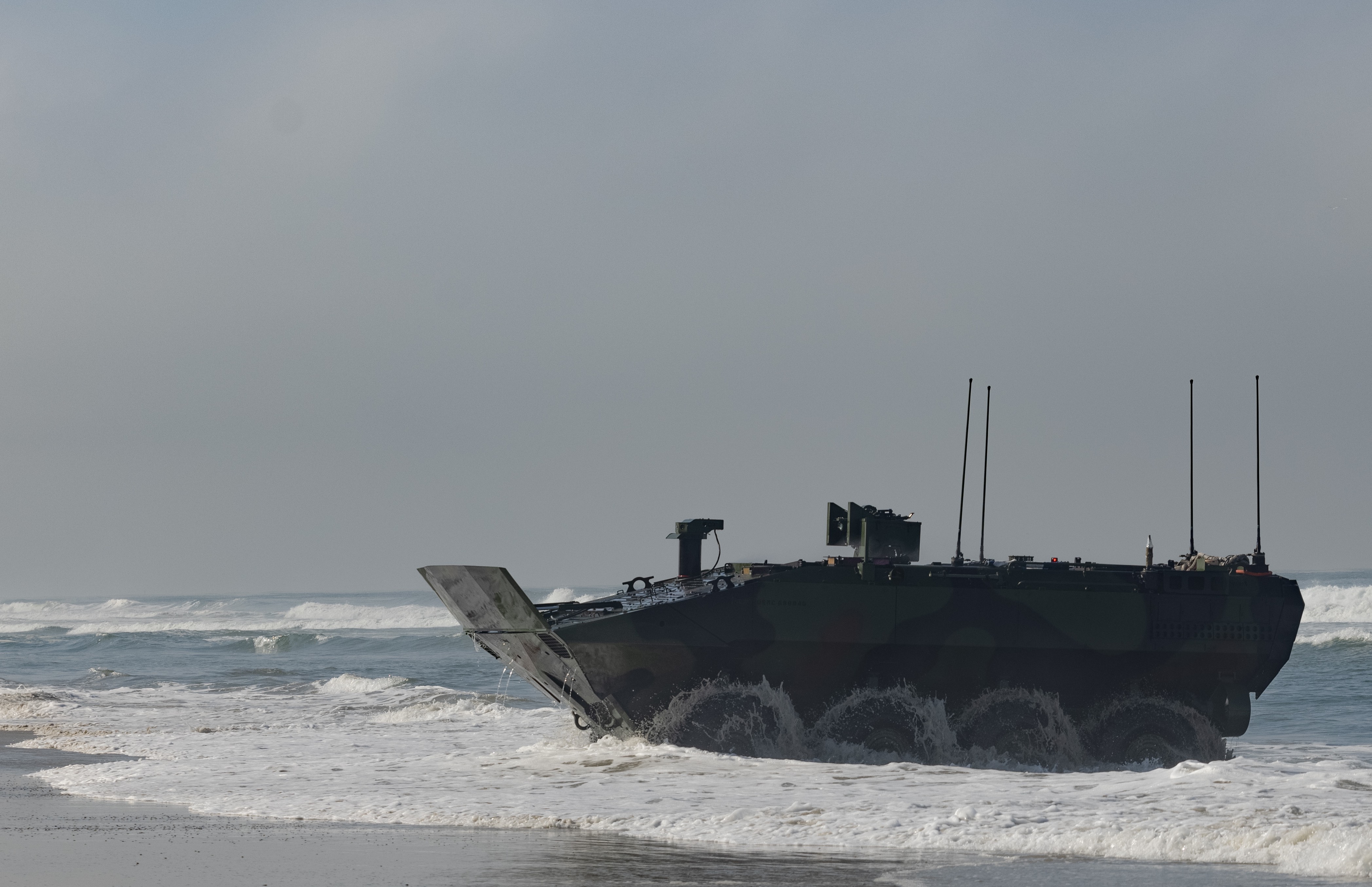
This week’s graduation of 29 Marines re-certified to operate the Marine Corps’ Assault Combat Vehicle marks the latest step in building a force of trained ACV operators and maintainers that will help transition the rest of the community to a new, tougher standard, officials said Friday.
The Marines graduating from the new Operational Certification course, held at Assault Amphibian School at Camp Pendleton, Calif., joined 30 others from the pilot course for ACV operators held in June, the service announced. Another 11 Marines were slated to complete the new Maintainers Certification course on July 28, joining 19 others who did the pilot course last month.
The new courses stem from the Marine Corps’ concerted effort following several mishaps last year that raised serious questions about training, maintenance and procedures as the service transitioned its assault vehicle crews to the new platform. The service has fielded 139 of the wheeled ACVs, so far, to replace older, tracked Amphibious Assault Vehicles that were a staple of amphibious operations and forcible entry over five decades until the fatal sinking of an AAV three years ago. Subsequent ACV rollovers in rough surf upended that new program and led to open-ocean restrictions across the fleet.
Reviews and investigations found significant differences in training and in operating the ACV and the now-retired AAV. In February, the Marine Corps established the ACV Transition Training Unit and tasked it with developing a standardized certification training program for ACV crew members, maintainers, vehicle commanders and unit leaders.
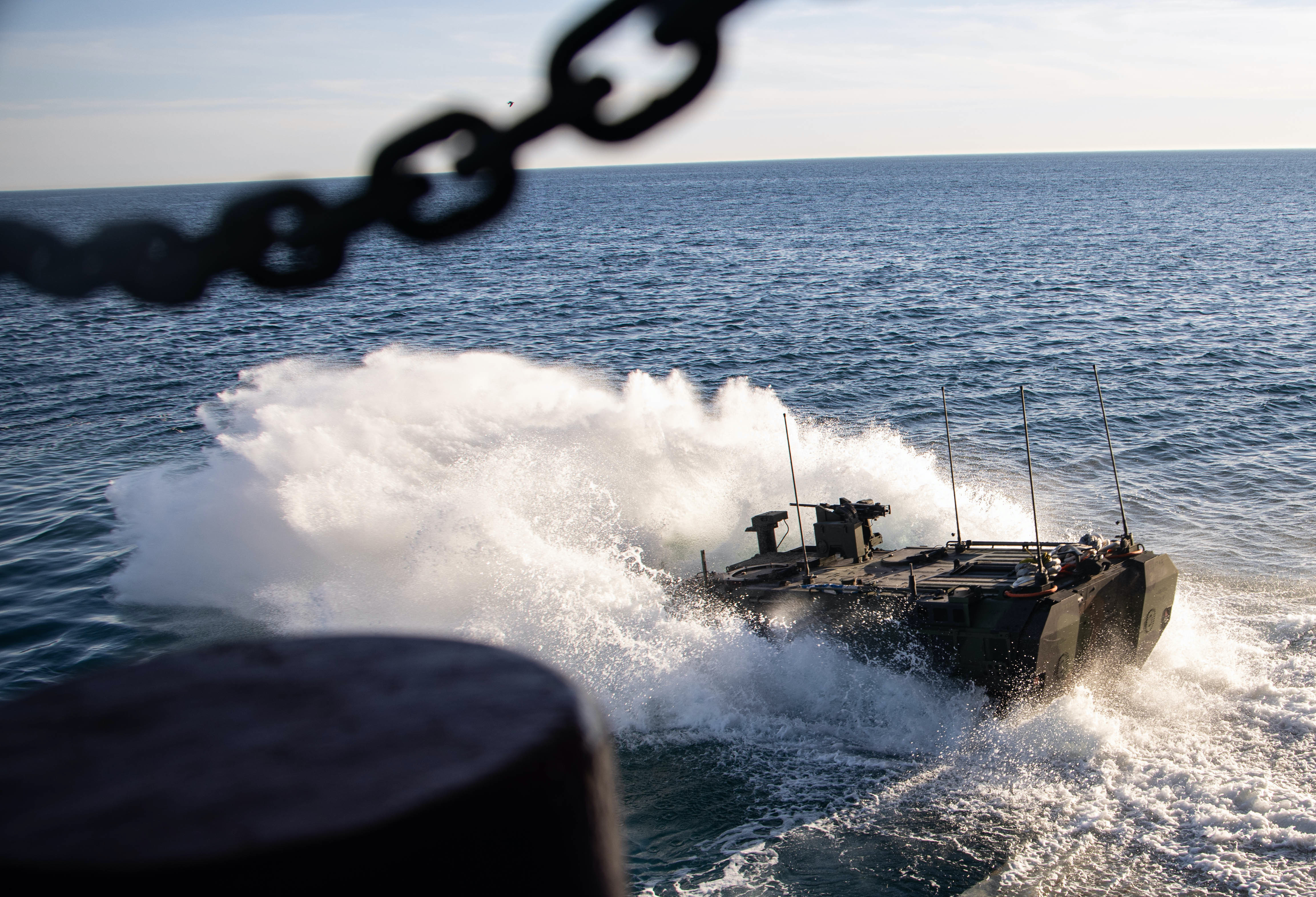
A “deliberate study revealed that it’s not just the operational characteristics of the amphibious combat vehicle changed and increased; in order to leverage these increased capabilities in ground mobility, firepower, command and control and force protection, it requires a different training regimen as well,” Col. Howard Hall, chief of staff for Marine Corps Training and Education Command in Quantico, Va., said during a media call Friday. Hall, a former commander of 3rd Assault Amphibian Battalion, was the officer-in-charge when the TTU was formed.
In his view, Marines had relied more on their familiarity with the AAV than the new aspects of the ACV, so the TTU focused on those differences, Hall said.
“There were hundreds of differences to the technical manual, to the training and readiness manual, maintenance advisory messages, operational advisory messages that were occurring at a rate faster than the fleet and the school could keep up with,” he said.
“We also noticed through this deliberate study that the most proficient ACV operators and maintainers were in the junior ranks,” he added.
Those younger Marines had trained either through the hybrid program of instruction at AA School or the program manager’s operational new equipment training team (OPNET). When they returned to their parent unit, “they formed a small minority faced up against a larger majority of those who kind of held onto the legacy practices for maintenance, for operations and for safe execution. So we noted that.”
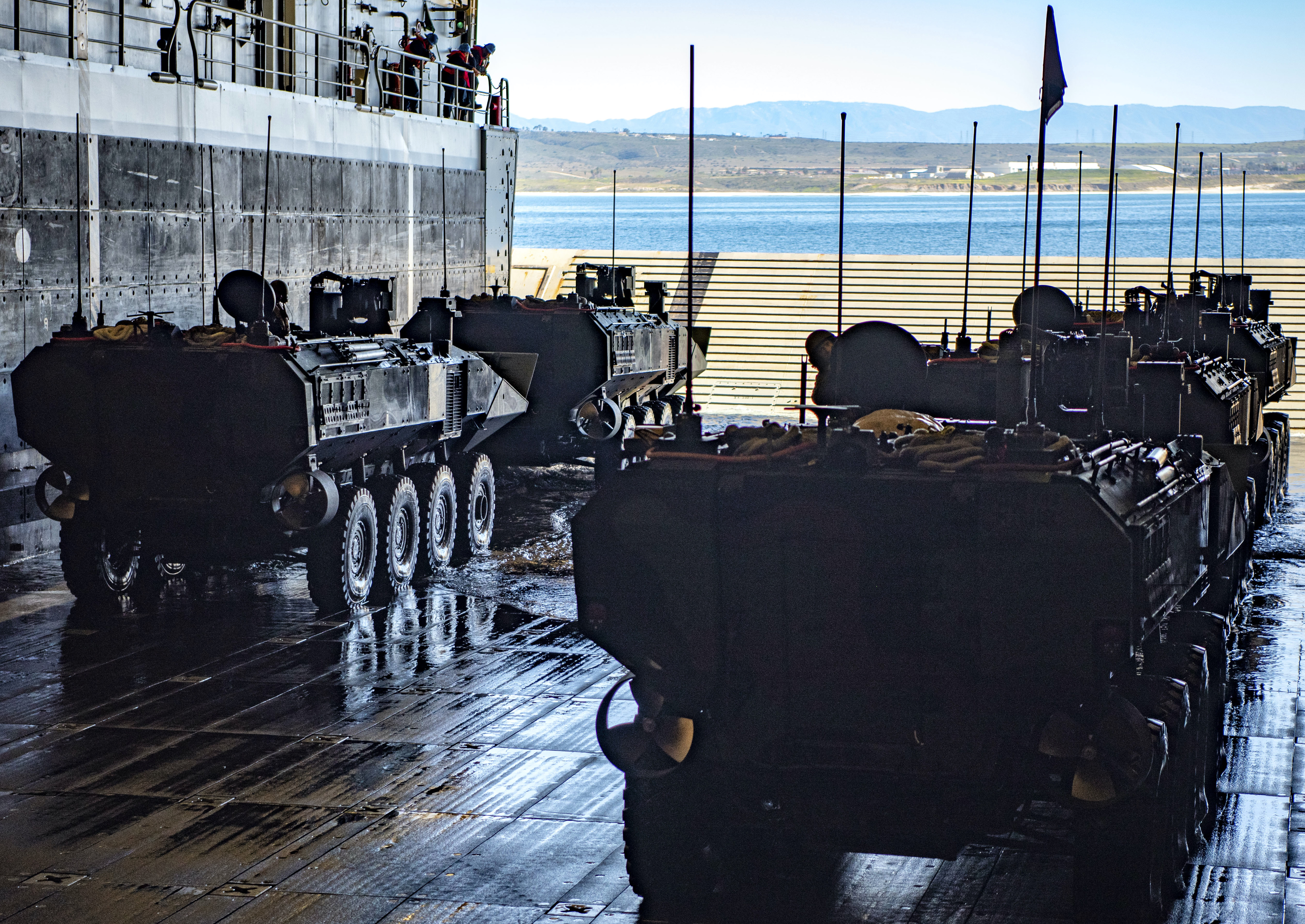
“It became clear that we, as an institution, required a mindset shift when it came to changing how we approach training and certification for the amphibious combat vehicle,” he added.
That included ensuring the training caught up to and matched the capabilities of the new vehicle.
About 300 Marines, who had been previously licensed through the hybrid instruction at the schoolhouse or by the program manager, had to be retrained or invalidated,” Hall said. Officials expect all will be re-certified by Sept. 30, 2024.
“We had to revise the new equipment training team and how they were going to train the existing operators who didn’t receive any previous training on the ACV how to operate it safely,” he said.
They also incorporated lessons learned into the coursework at the schoolhouse.
“We are being cleared-eyed that we need to get this right,” Col. Ben Venning, commander of Assault Amphibian School at Camp Pendleton, said during a media call Friday, adding that “in our mind, safe transition will remain the mission.”
Identifying the blind spots
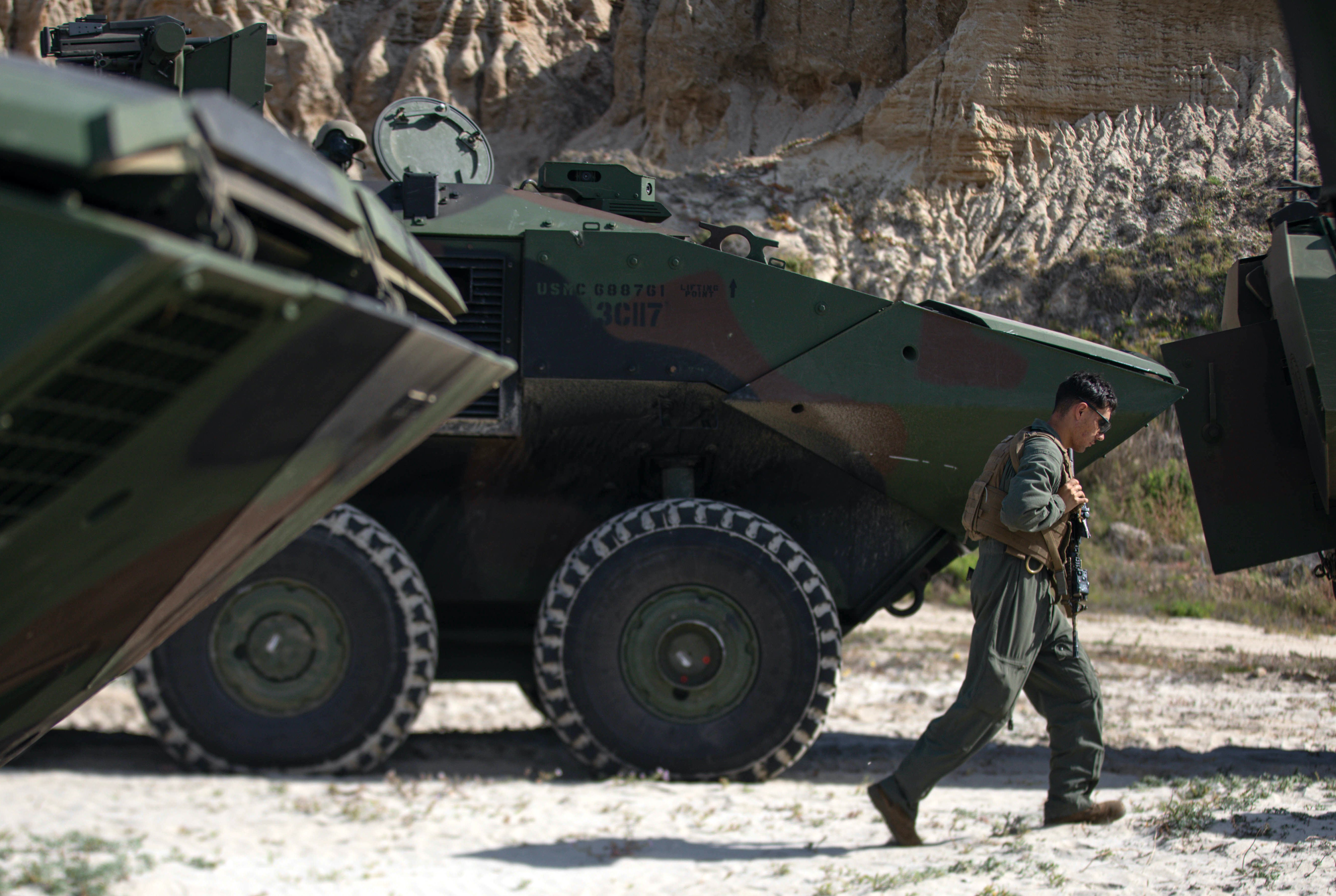
The small cadre of trainers at TTU represent experts in the assault amphibian community, which included Hall and the current TTU leader, Lt. Col. Fred Monday, along with 17 operators and maintainers, mostly sergeants.
As they took a comprehensive look at training, validation and standardization, they incorporated the best practices over 50 years of AAV operations and what the junior Marines had learned about how to operate the new vehicle safely, he said.
“We took an A-to-Z scrub of all the technical manuals,” Hall said. “We took a look at all of the previous mishaps – and not just with the ACV but also the history of the AAV. We did that not just to identify trends, not just with the new vehicle but we did it with the old vehicle to identify the blind spots. What are the blind spots that have existed in our community that we have an opportunity to get right right now.”
Hall said the team developed its mission statement with three things in mind. Is the program enough to prevent another mishap, will it bolster confidence in the ACV and will it strengthen the service’s joint force entry capability?
“It wasn’t training developed in a vacuum,” he said.
The TTU also reached out to other subject matter experts across the operational force, including the aviation community that has Naval Air Training and Operating Procedures Standardization (NATOPS) manuals guiding each platform. The unit even adopted the DOSS, or director of safety and standardization, that exists in aviation but not ground units, he added.
More broadly in the community, they shifted from a passive to an active risk management program by adopting the Joint Risk Assessment Tool (JRAT) and revised officer-in-charge (OIC) and range safety officer (RSO) procedures, he said.
A 12-phase program
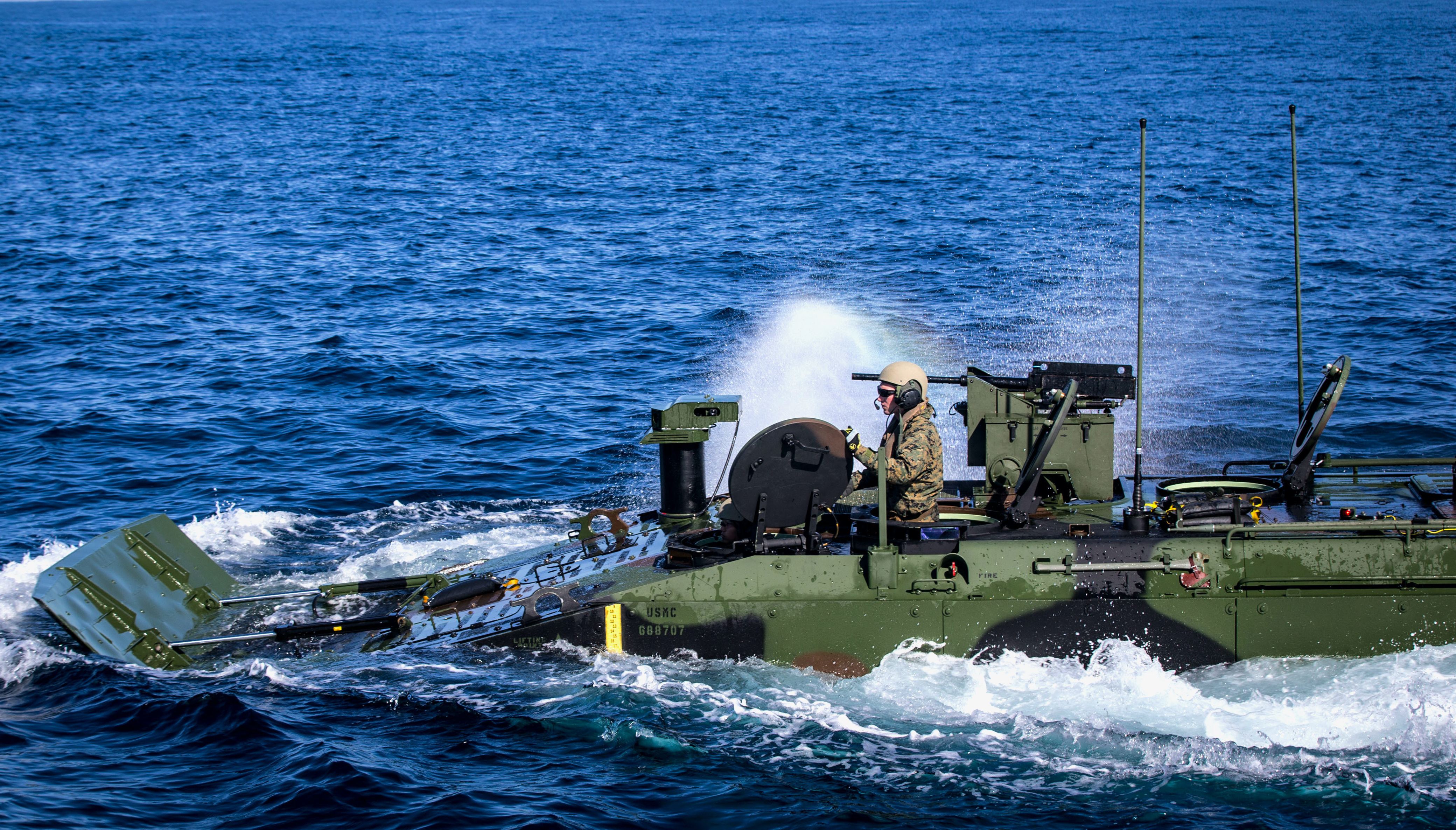
The Marines also shifted to an outcomes-based training program.
“It’s not just pass/fail anymore,” Hall said. So “we can provide feedback and measure the level of proficiency for every subordinate performance step that is related to safe operating of this vehicle.”
They developed a 12-step program that begins with a knowledge test and goes into ramp-based performance evaluation checklist. It then moves to operating the vehicle on land and safely tow, operating in protected waters, “and then eventually safely execute the mission profile in the surf zone, where the two most-recent mishaps had occurred,” he said.
Students are evaluated and must complete each step before moving on.
The Operator Certification course runs 15 training days, while the Maintainer Certification course is five training days. The targeted population are those who were already licensed, said Lt. Col. Fred Monday, the TTU’s officer-in-charge, said during the media call.
The OpCert course has four phases: Ramp, land, protected waters and then into the open ocean, Monday said.
Work starts on the first day, with written evaluation on the fundamentals and safety and 11 follow-on evaluations. It’s a building-block approach, he said.
“By the time they reach the last phase going into the surf zone – which is the most dangerous – they’re proficient throughout all those previous milestones to get to at that point,” Monday said.
So far, students at the courses have completed 100 “loops” into and out of the surf zone with no reported overturned vehicles, he said.
Surf zone transits in ACVs still remain restricted to those crew who complete the program, although no passengers are allowed, said Capt. Ryan Bruce, a Marine Corps spokesman.
Performance evaluated throughout
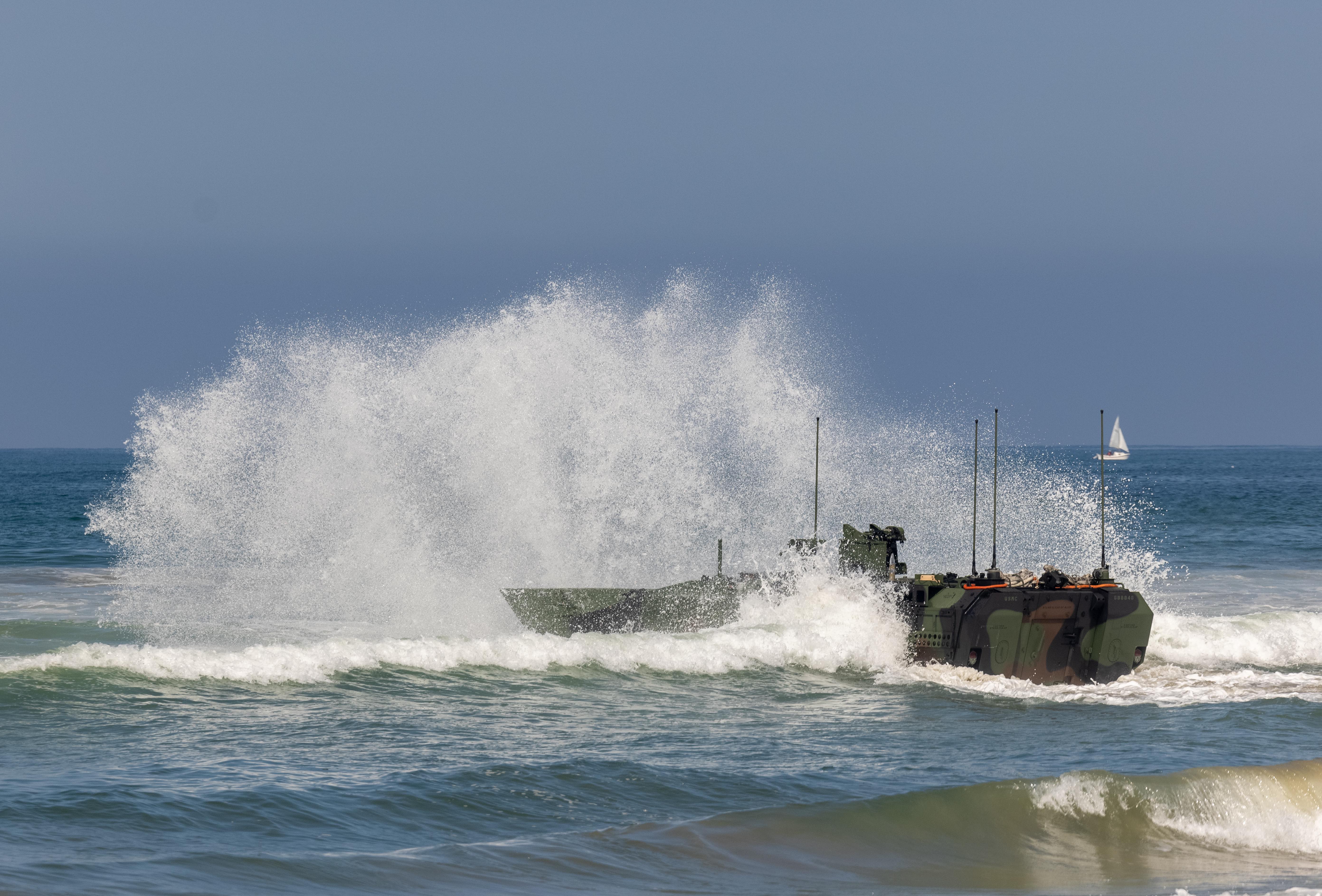
The TTU uses a scalable performance evaluation measurement system that grades students on a scale of zero to four, with three or four as a passing score, Monday said.
Students get detailed feedback throughout and added comments sent to the operating forces for follow-on training. During the course can get remediation and mentorship from instructor-evaluators “to walk them through on how to get to that perfect four, so when they leave, every Marine understands what the standard is and will perform to that standard,” he said.
Each student’s certification is noted in the Marine Corps Training Information Management System and codifies they’ve completed the course’s requirements, he added.
The next Operators course begins Aug. 14, and new courses will begin about every five to six weeks until all are re-certified.
The Maintainers Certification course has graduated 19 Marines, with another 11 maintainers slated to finish that program Friday. That course includes classroom instruction and a series of written evaluations, focused heavily on systems theory and recovery operations, including pneumatic hydraulic, electrical and drivetrain systems, and how those all tie in together, Monday said.
“Marines are benefiting greatly from that guided discussion and also that hands-on time with the vehicle, so that way when they get back to the ramp with their units, they also have a better appreciation of how well these things connect and to help us achieve a higher state of materiel readiness.”
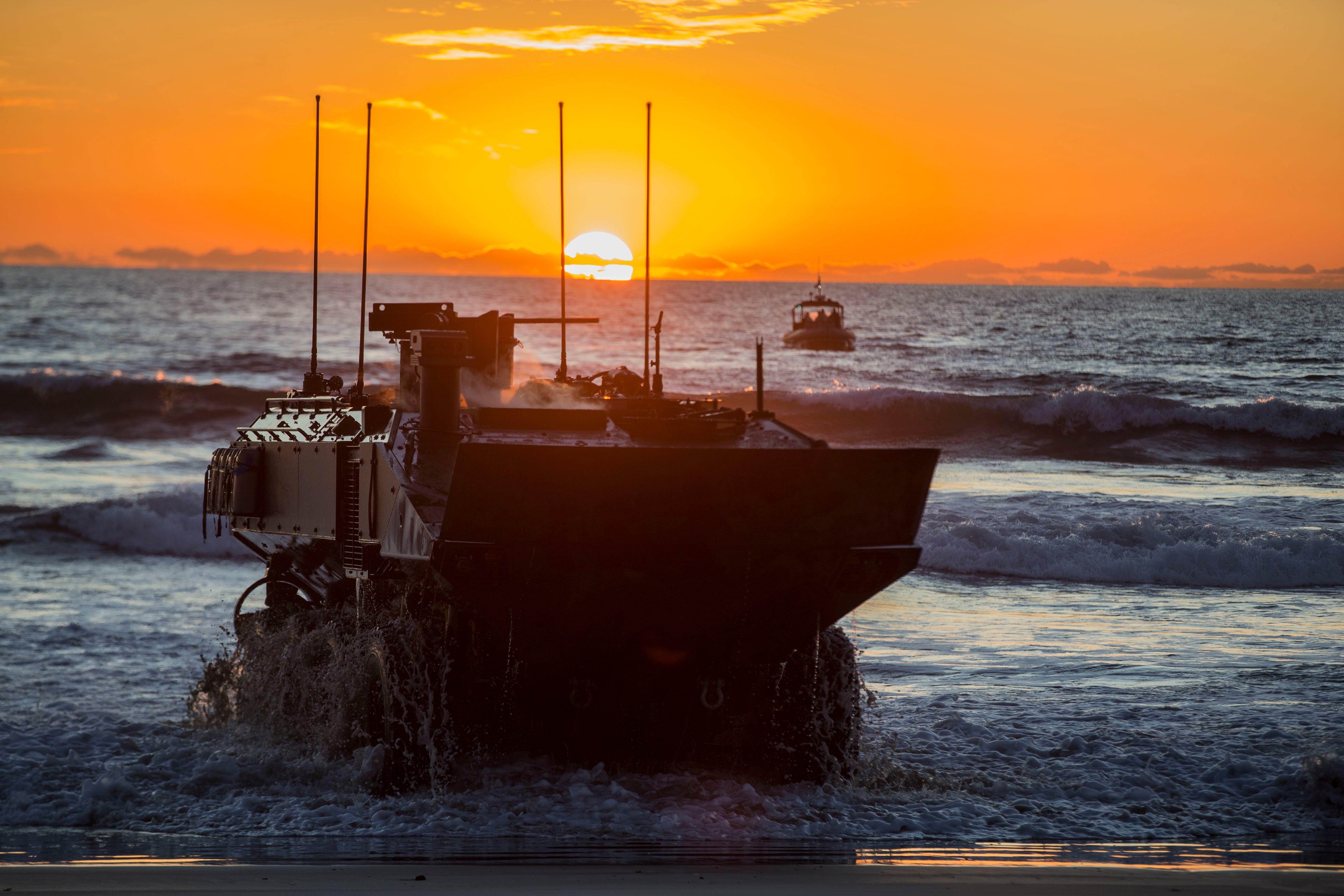
Key to both courses will be ensuring what Marines are learning and certifying to are current with updates to the ACV program, so it will adjust as needed, Monday said. “We need to continually refine that process, to ensure that the students we have on get the most updated and accurate” information.
The framework is emulated across the operational new equipment team, so as periods-of-instruction change, so “everyone is on that same standard,” he said.
The TTU also is developing a Unit Leadership Seminar Program for company and battalion leadership, he added.
“Everyone across the community is safely and effectively transitioning from the old platform of the AAV to the new platform of the ACV,” Monday said.
The additional courses by TTU come as the Assault Amphibian School is getting a 30 percent increase in staff, including instructor and support personnel, to fill shortfalls, said Col. Ben Venning, a veteran AAV officer and the AAS commander.
The school also has reviewed and updated ACV training and readiness manuals and changed several courses, including the Basic Crewman Course that’s been extended from 55 to 80 training days and incorporates safety and standardization throughout, Venning said. The school submitted requests for various equipment including safety boats, training aids and other facility improvements to support safety and maintenance requirements, he added.
Also in the works: The Assault Amphibian Training and Operational Procedures (AATOPS) manual. Similar to what aviation’s NATOPS adopted years ago that improved combat readiness and reduced aviation mishaps, “AATOPs, we believe, will prescribe general operating instructions and procedures applicable to the operation of our ACVs,” he said, and codify all policies and procedures.





